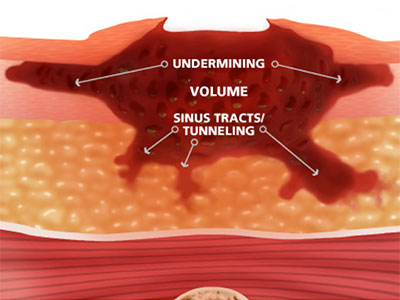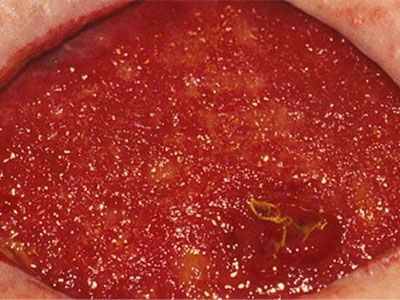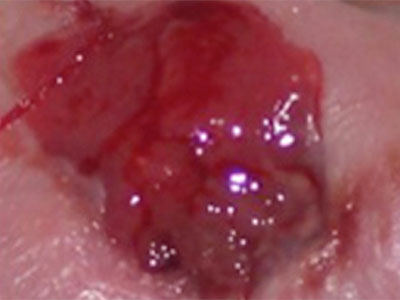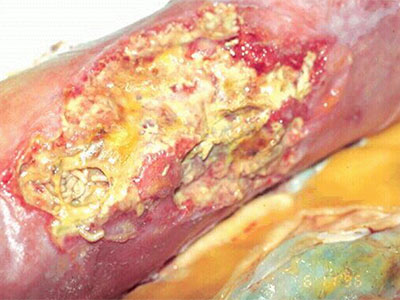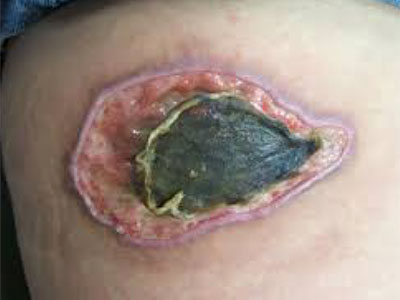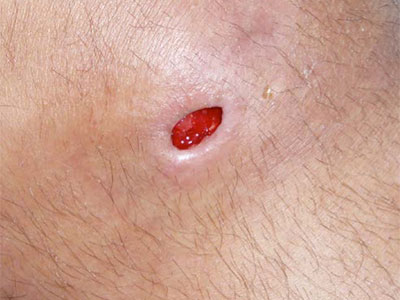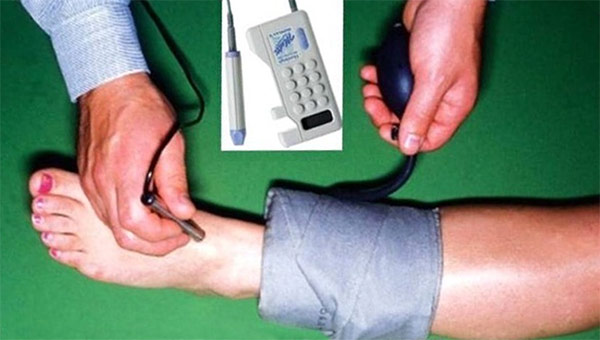Overview
Goals of the Depression Screening Tool Kit
- Standardization of depression screening with Evidence-Based Practice
- Assist you with better identifying depression in your patients
- Help guide early interventions for depression in your practice
- Provide you with a complete Interactive Tool Kit with evidence based tools and medication strategies in the management of depression
- Provide adolescent specific tools and workflows in the management of depression
- Provide patient/family education tools
- Provide crisis management tools and resources
- Help you to decide when you should refer the patient to a specialist
Instructions for Using this Tool Kit
The purpose of this toolkit is to provide information and resources for implementing universal depression screening across the AHP network, identifying patients with unrecognized depression and implementing early interventions within the primary care setting with referrals to specialty treatment when necessary.
- Begin with the PHQ-2/9 screening tool. Any score of 2 or more on the PHQ-2 requires completion of a full PHQ-9.
- Use the PHQ-9 score and action plan section to guide your treatment.
- Any positive response on item 9 of the screening tool deserves further suicide risk assessment. Use the suicide risk assessment tab under the action plans for severe depression or under the Crisis Intervention Resources section to access risk assessment tools, safety plans and other useful recommendations.
- Use the medication management button to access evidence-based treatment algorithms and other useful medication resources.
- Use the patient evaluation button to access useful information to share with your patients and families.
- Use the crisis resources button to access information and other tools to be used when you have a crisis patient or situation.
- Use this Interactive Tool Kit for any patient age 12 and over. The tool included with this document can be used for both adults and adolescents.
Behavioral Health Integration Team

Holly Brown, DNP, RN, PMHNP-BC, PMHCS-BC
Psychiatric Mental Health Nurse Practitioner - Pediatrics

George Nasra, MD, MBA
Medical Director - Behavioral Health

Tziporah Rosenberg, PhD
Education and Training Lead, Behavioral Health Integration Team

Daryl Sharp, PhD, RN, FAAN
Senior Director, Care Management
Any AHP clinician, including providers and care managers, may request an E-consultation from the AHP-Behavioral Health Integration Team (BHIT) to discuss their patients with behavioral health concerns where multidisciplinary input is required. AHP-BHIT consults aim to address specific questions related to a patient's care.
Consultation requests should include a clear and concise question, relevant information such as medications and doses, significance and response to PHQ-9/GAD-7 scores, and any substance use or chronic medical conditions impacting the patient. A member of the AHP-BHIT team will review the information and provide feedback via email to the referring clinician.
It is important to note that the AHP-BHIT does not conduct direct patient care evaluations but rather is available to support the primary care team in their evaluations. For that reason, consultations will not occur between the AHP-BHIT consultant and the patient directly.
Requesting a Consultation
Email the team at [email protected]. A response should be expected within 24 to 48 hours of the request. Please do not send any PHI over an unsecured email.






